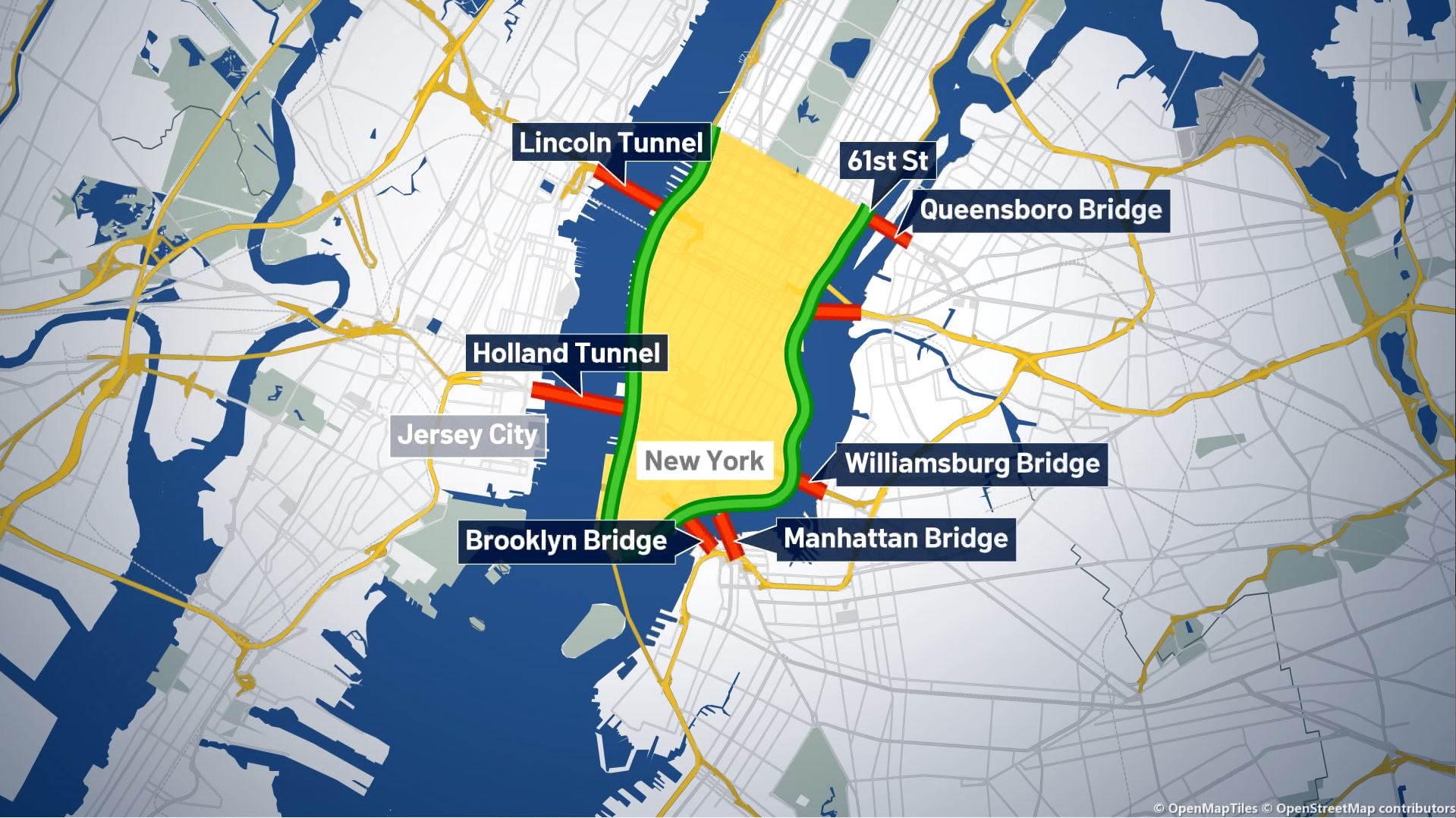In the tri-state, it will be calm, beautiful weather on the ground this weekend. But up in space? It’s another story.
Those who were out Thursday evening and happened sneak a peek up at the northern sky may have found themselves staring up at a rare geomagnetic phenomenon: the aurora borealis or, as it is more commonly called, the northern lights.
But will they be visible again Friday night? Here's what to know:
What causes the northern lights?
Get Tri-state area news delivered to your inbox.> Sign up for NBC New York's News Headlines newsletter.
The northern lights, generally thought of as an arctic phenomenon, occur as a result of geomagnetic storms. During these storms, solar winds interact with Earth’s magnetic field.
The winds trigger electrons in the magnetosphere to collide with molecules in the upper atmosphere, producing light. But the strength and scope of this light can vary wildly.

For a brighter, more expansive display of light, you’ll need a particularly strong geomagnetic storm. And thanks to a coronal mass ejection (CME) that erupted from the sun earlier this week, that is precisely what we got when it arrived at Earth on Thursday.
Local
Geomagnetic storms, like any other major storm system, are graded on a scale to communicate their severity: from G1 (minor) to G5 (extreme). Thursday’s storm, at its peak, was considered a G4 (severe).
While the scale references a myriad of impacts a geomagnetic storm can have, one of these is its corresponding Kp index, which measures how far south the aurora can reach. For a G4 storm, the Kp index is an 8, suggesting an aurora that extended well into New Jersey.
Why was the sky so red/pink Thursday night?
Thursday’s aurora managed to be particularly striking, not just because of how far south it could be seen, but also because of its color. The color of an aurora can vary depending on the type of molecules the electrons collide with and at what altitude they collide.
The most common color for the northern lights is green. Green indicates that the electrons collided primarily with oxygen atoms anywhere between 80 and 250 miles above the surface. Contrary to most of the atmosphere, where nitrogen is the most abundant gas, in the upper layer of the atmosphere where these interactions take place, the thermosphere, oxygen is more common. The relative availability of oxygen atoms combined with the wide range of potential altitudes makes green the color most frequently seen and associated with the northern lights.
But green is not the color most people saw Thursday night. Thursday’s aurora was red.

Similar to green, red also comes about from collisions with oxygen. But unlike green, red only occurs when these collisions happen more than 180 miles above the earth’s surface, more than double the minimum threshold for green. The red aurora requires a significantly higher altitude because it needs much thinner air for its color to show through.
However, because it only exists at such high altitudes, a red aurora can be seen further south than green can. This is likely why there were reports of people as far south as Alabama, Mississippi and Texas catching a glimpse of the lights.
While perhaps not quite as bright as places further north, the phenomenon was quite visible in Queens, as well as New Jersey, Connecticut and Long Island. Also, sky conditions were near-perfect for viewing.
Check out some of the best photos below.
PHOTOS: Northern lights dazzle in NYC and around the tri-state
Will the northern lights be visible again Friday?
Sadly, the impacts of Thursday’s severe geomagnetic storm have greatly diminished and it is increasingly unlikely our area will get to see the northern lights on Friday.
But the storm is not completely over and there are still parts of the United States where the aurora will be visible. Here's a look at where the aurora borealis will be visible tonight, compared to last night:
Experts are forecasting the view line to go through parts of upstate New York and northern New England, so if you really want to try to see the aurora, there’s still a chance if you’re willing to head north. Way north, like pretty much to Canada.
But if you can’t, you’ll have to wait until the next time a geomagnetic storm illuminate our skies. There is a chance it could happen again: The kind of solar activity we’re experiencing right now has spiked in recent months.
Back in May, a series of massive flares from the sun produced a solar wind that resulted in gorgeous colors that were also visible in tri-state backyards, much further south than normal.
As for the sun, scientists have predicted that it is around the peak of its magnetic cycle, which means it could continue producing additional large solar flares. That would lead to parts of the U.S. continuing to see similarly gorgeous skies like the ones seen Thursday in the months to come.
Beyond the beauty, the National Oceanic and Atmospheric Administration has warned solar storms like the ones seen Thursday and Friday can disrupt power grids, GPS and radio communications. Thus far, no significant impacts have been reported.



